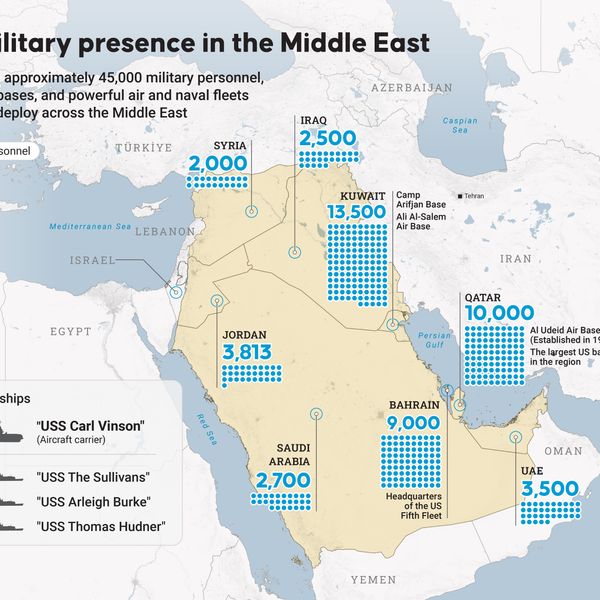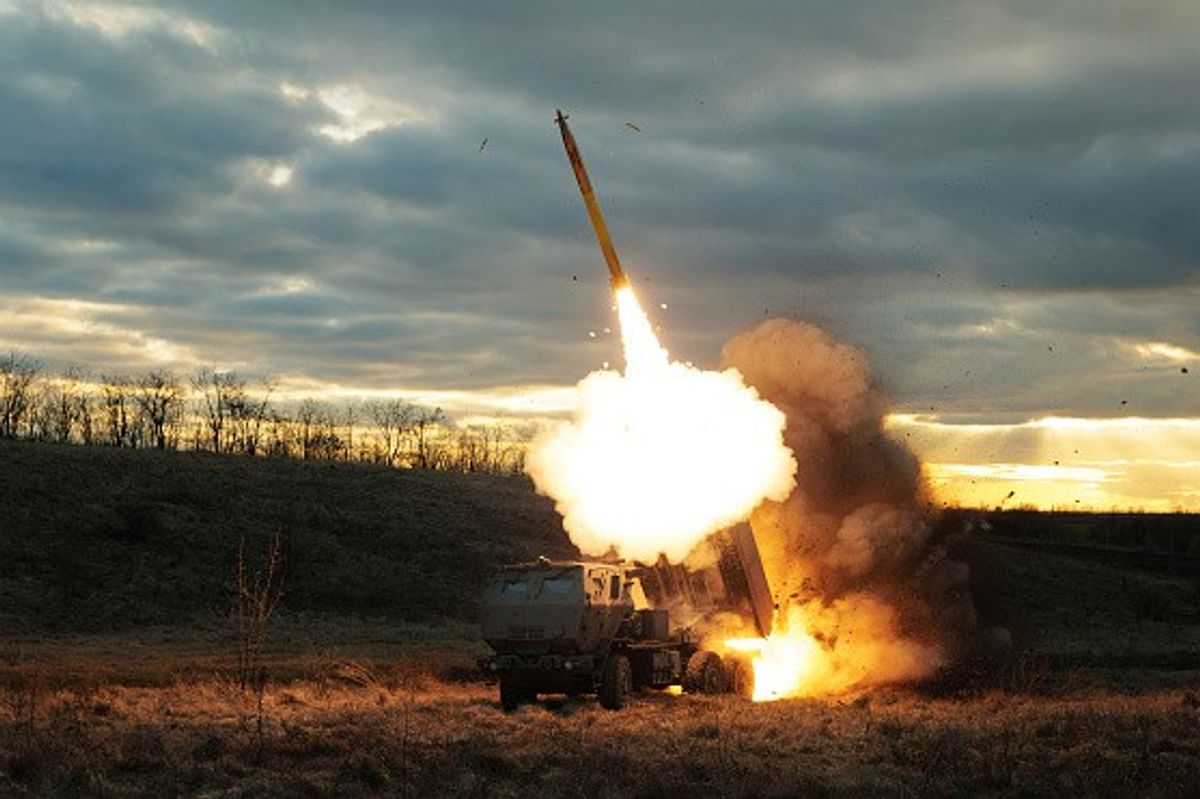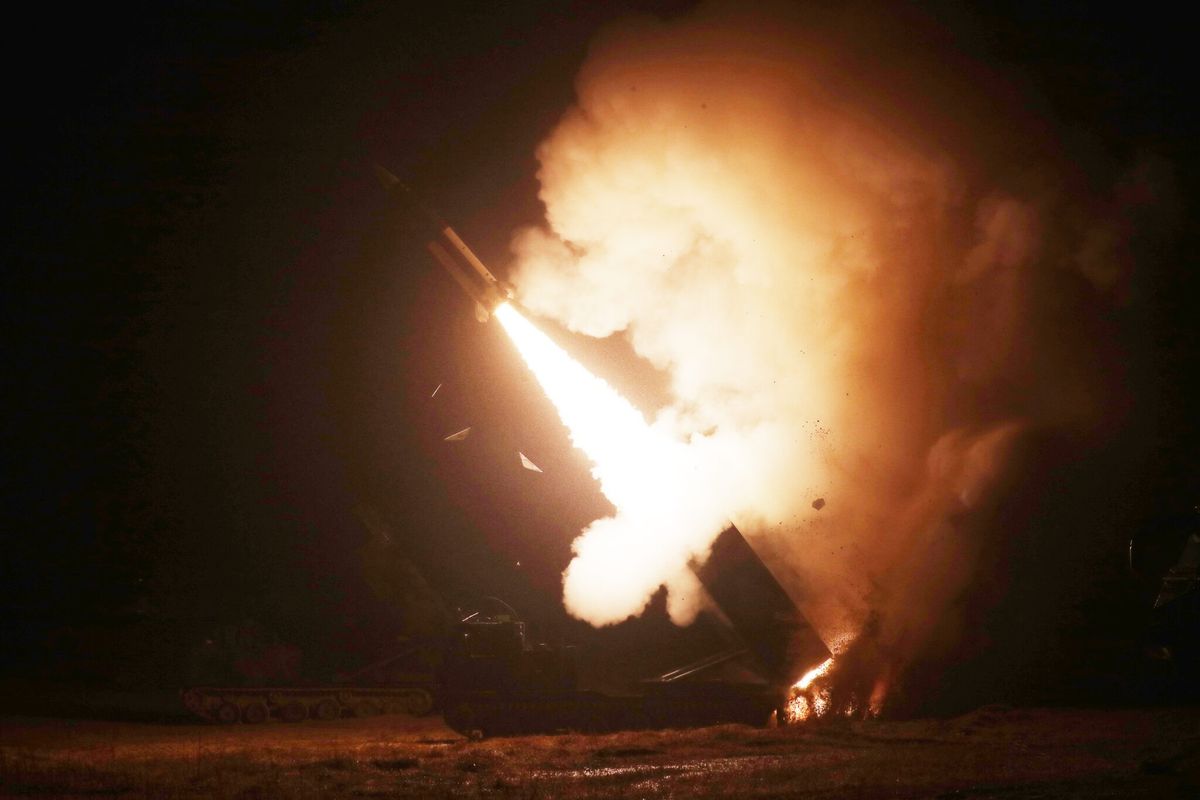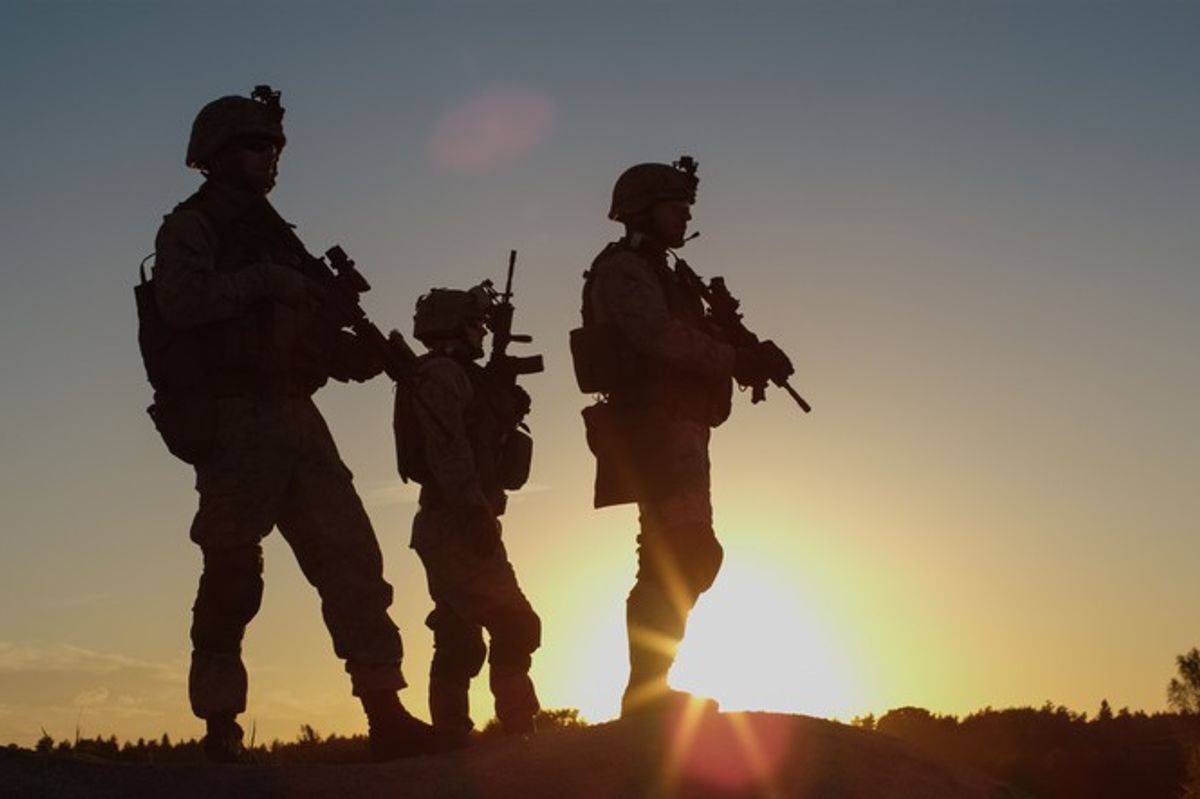OPINION — “Fiscal year 2023 was a challenging recruiting year; for the first time in 24 years, we did not meet recruiting goals in the Active Duty, Guard and Reserve.”
That was Air Force Lt. Gen. Caroline M. Miller, Air Force Deputy Chief of Staff for Manpower, Personnel and Services, testifying last Wednesday before the Senate Armed Services Subcommittee on Personnel.
The Air Force was not alone in failing to meet recruitment goals.
The Army and the Navy also missed their 2023 marks, and Navy Vice Adm. Richard J. Cheeseman Jr., Chief of Naval Personnel, told the subcommittee that the Navy has already projected it may fall short this year by 6,700 from it 2024 target of 40,600 active-duty enlistees.
Before going on to look at what the three main U.S. military services are doing to increase recruiting, I think it’s worth reviewing what Marine Corps Lt. Gen. James F. Glynn, Deputy Commandant for Manpower & Reserve Affairs, said about the Corps’ approach to recruitment that has enabled it to make its goals.
One of the first things Glynn pointed out was that “one in four of our general officers have been recruiters during their career, and we pride ourselves in assigning a sergeant major to every recruiting station. This is the bedrock of successful Marine Corps recruiting.”
Glynn’s statement about Marine senior leaders having served as recruiters caught my eye because recruitment assignments in the Army and Navy have in the past often been temporary and/or dead-end roles in the military.
Glynn himself served early in his career at a Marine Corps Recruiting Station in San Antonio, Texas, and as a brigadier general in 2018, his assignment was as commander of Marine Corps Recruit Depot Parris Island and Eastern Recruiting Region.
One step the Navy has recently taken, according to Adm. Cheeseman, is that “Navy Recruiting Command is now led by an experienced two-star admiral,” whereas “traditionally [it was] run by a one-star [admiral] in his/her first flag job.”
Last fall, when the Army fell 10,000 enlistees short of its 2023 goal, one change it made was to put a three-star general at the head of Army Recruiting Command instead of a two-star. The Army has also begun to develop long-stationed, specially trained Warrant Officer recruiters.
Another Marine Corps factor that Glynn pointed out was that “we deliberately and continuously engage young people from the full spectrum of backgrounds, experiences, race and ethnicity, and gender to draw the best talent into our ranks.”
He added, “Over the past decade, racially/ethnically diverse enlisted accessions increased from 34% to 57%, and the same category of officer accessions more than doubled from 16% to 35%. Enlisted female accessions in the Marine Corps, he said, remained steady at 9%, while female officer accessions have increased to 13%.
The “health of the force”
Adm. Cheeseman did not deal directly with race, ethnicity and gender, but did say the Navy used several tools, including the annual Health of the Force (HoF) Survey, to measure and assess culture in the service.
I decided to look at the Navy’s 56-page published report of the 2023 Health of the Force Survey, the focus of which was “the [Navy] work environment.” All active-duty Navy service members were invited via e-mail to take the survey and 19,380 completed at least a third of the questions and were included in the overall analysis.
The survey itself said, “Participation in 2023 supports a 99% confidence level with a margin of error +/-5%.”
A section entitled “Views on Racism and Sexism in the Navy” said, “Despite the positive trends, there is still substantial room for improvement.” It then reported, “A third or less of the minority participants believe racism is not a problem in the Navy,” which looked at another way meant that two-thirds of those in the poll believed racism was a problem.
Among other findings, only a third of men and only 13% of women said sexism is not a problem in the Navy. The results also indicate that concerns about retaliation for reporting harassment or discrimination persist. In 2023, only 22% of black and 18% of female participants agree retaliation is not a concern when reporting harassment or discrimination.
Finally, only half of the participants agreed that all personnel are treated equally at their command, or that the Navy’s commitment to inclusion is authentic. Again, I will point out that this means half of those surveyed believe all personnel are not treated equally.
If the 2023 Health of the Force survey reflects Navy culture, I’d say the Navy has internal problems that could be affecting its recruiting.
Keeping the recruits
Retention of military personnel is one way a service branch measures satisfaction among its recruits.
The Marines, Glynn said, “had historic retention in FY 23 (fiscal year 2023) and are on track to meet mission [figures] again in FY24. We are seeing success across demographic groups as well. Enlisted women have been retained at a 5% higher proportional rate at both their first re-enlistment and subsequent term re-enlistments when compared to male re-enlistees. Female officers retain higher than their male counterparts at typical decision points.”
Despite its recruiting troubles, Army Lt. Gen. Douglas F. Stitt, Deputy Chief of Staff for Personnel, told the subcommittee, “In FY 2023, the Regular Army retained 56,239, exceeding the prescribed objective of 55,110 by 2%...The Regular Army is on track to meet its FY 2024 retention mission objective to retain 54,700 soldiers and has retained over 32,000 soldiers year to date which is a completion rate of just over 58 percent. Overall, Army retention is high, which signals soldiers are having a positive experience and achieving their goals and aspirations across our Army.”
The Navy’s Cheeseman said, “The Navy anticipates meeting our FY24 retention targets.” He added that the annual Health of the Force survey showed more lower-rank officers and enlisted personnel “intend to remain in the Navy until retirement, a nod to the quality of service and job satisfaction that our Service provides.” However, the 2023 survey shows last year’s retention level was in the mid-40 percents, while seven years earlier it ranged between 50 and 60 percent.
Cheeseman also noted that while Navy enlisted retention remains healthy, “Navy officer retention has some challenges, which continue to be addressed with a combination of monetary and non-monetary force management levers focused on Aviation, Explosive Ordnance Disposal, Surface Warfare, Submarine Warfare, and Naval Special Warfare.”
The Air Force’s Miller said that officer and enlisted personnel retention rates “continue to decline—less than a percentage point per year. However,” she added, “this is not unexpected, as they normalize to pre-COVID historical average rates.”
The Air Force, she said, “continues to offer targeted monetary incentives to address retention challenges” for selected “enlisted Air Force Specialty Codes with low manning percentages and high training costs such as special warfare, aircraft maintenance, cyber, and intelligence, surveillance & reconnaissance.”
She noted that thanks to a new program authorized by Congress last year that pays a $50,000 bonus per year to eligible active-duty Air Force aviators, “we retained an additional 380 pilots compared to previous years.”
Wanted: College graduates – and better childcare
A few other recruiting elements are worth recording.
Gen. Stitt told the Senators that despite its recruiting problems, it is trying to raise the education level of its new enlistees.
“Today’s high school seniors comprise more than 50 percent of our annual contracts, however, they represent only 15-20 percent of the larger prospect pool from which we could recruit. Accordingly, in addition to the high school market, we need to attract and hire Americans in the college market or those already out in the job market. The Army leadership has set a goal of at least a third of the Army’s newest soldiers to have more than a high school degree by 2028, compared to 20 percent today.”
Childcare is a major issue for military families and for recruiting.
Air Force Gen. Miller described childcare as “absolutely critical.” She explained, “The first thing you do when you get a PCS (permanent change of station) assignment if you have children, you look at is where are my children going to go; what is the access to childcare. What’s available to me, how do I get on the list?”
The Defense Department operates the largest employer-sponsored child-care program in the country, providing care to more than 160,000 children from birth to 12 years of age, another subcommittee witness, Defense Under Secretary for Personnel Ashish S. Vazirani, told the Senators. He added that worldwide it has 739 child development and school age centers, 148 youth and teen facilities and nearly 800 family childcare homes, along with a childcare fee assistance program.
Subcommittee Chairperson Sen. Elizabeth Warren (D-Mass.) described the problem saying, “The DoD program is known to be one of the best child-care programs, but here is the bad news: DoD cannot find enough workers. There were 12,000 children on DoD’s wait list last year waiting for childcare. Think about what that means. There were 12,000 parents struggling to find out how to meet their military obligations when they have small children at home that need care.”
Miller got more specific, saying, “The unmet childcare needs waitlist is trending favorably down, decreasing between 25 and 33 percent back to pre-COVID levels.” However, speaking of the Air Force, she added, “The average wait across all priority categories is 137 days, with single/dual military families waiting an average of 62 days for placement.”
Army Gen. Stitt called childcare “Number 1 critical to the overall quality of life and therefore critical to our soldiers and families. We want to make sure when the soldier comes in to work, the soldier is focused on the mission, and that they know that their child is cared for.”
Warren said that while the witnesses claimed their recruiting was getting better, “it’s not getting better for the childcare workers.” She added that in March, “the DoD reported it was still short 3,900 care givers needed to match our existing childcare needs.”
She concluded by saying, “I am looking forward to the day when every single service member with a small child is thinking about whether to sign up for another tour of duty is saying if we don’t go, we’re going to lose this top notch affordable, available childcare. That’s one more good reason to stay in the service.”
The Cipher Brief is committed to publishing a range of perspectives on national security issues submitted by deeply experienced national security professionals.
Opinions expressed are those of the author and do not represent the views or opinions of The Cipher Brief.
Have a perspective to share based on your experience in the national security field? Send it to Editor@thecipherbrief.com for publication consideration.
Read more expert-driven national security insights, perspective and analysis in The Cipher Brief










